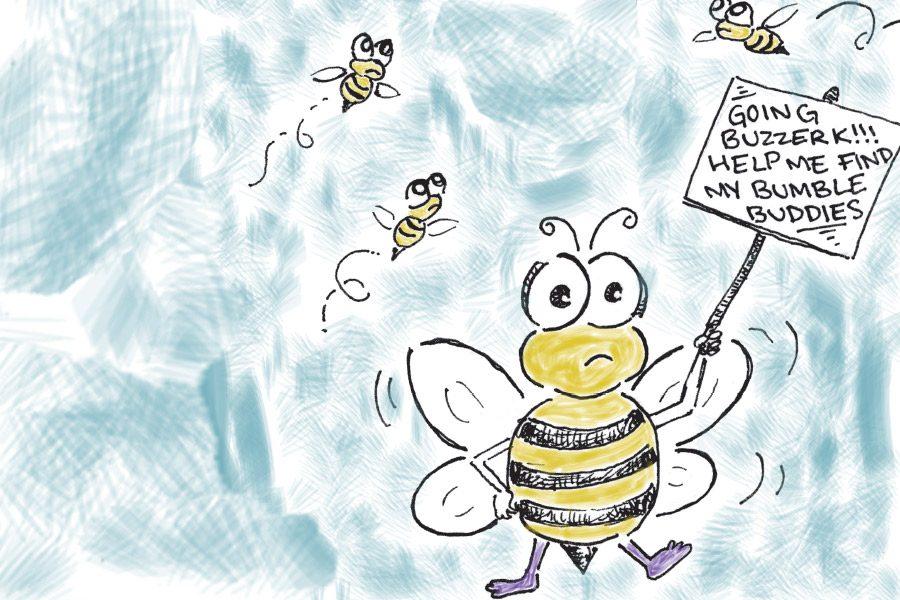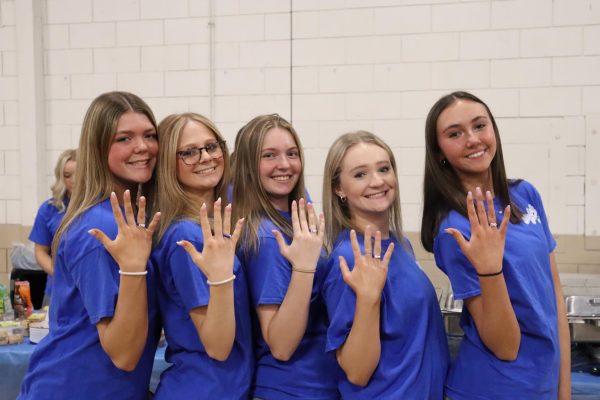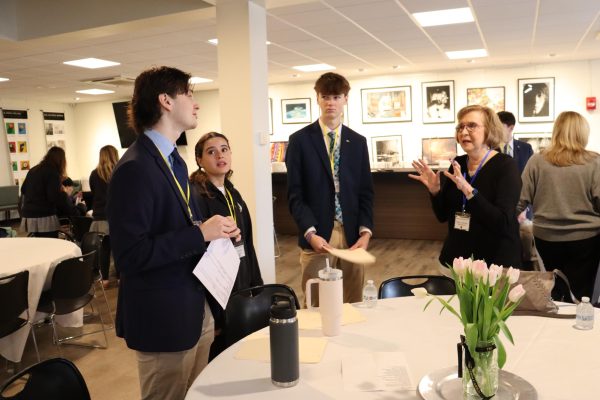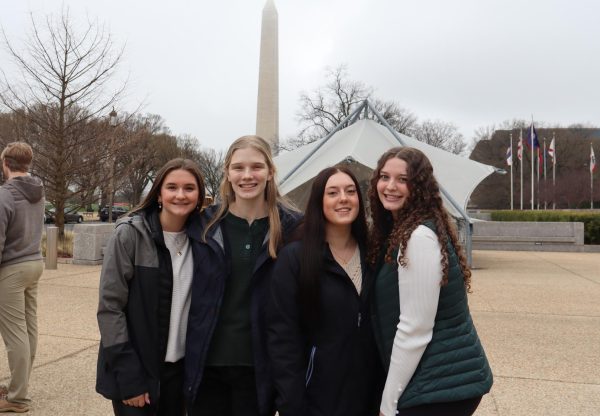The bees’ last buzz
Bees are disappearing faster than ever. Colonies are collapsing, and without increased conservation efforts, the results could be catastrophic.
Social studies teacher Darrion Siler zips up his bee suit and puts on his veil. He goes outside to check on his beehives and opens the lid to look inside. To his dismay, one hive is destroyed, and the bees are dead. The hive is inundated with cocoons and webs. The culprit: gypsy moths.
Siler is one of many beekeepers who have suffered the loss of a hive. It is an unfortunate reality for beekeepers across the United States.
Since 2006, the honey bee population in the U.S. has been rapidly declining. From April 2015 to April 2016, beekeepers across the U.S. reported losing 44 percent of their hives, which was a 3.5 percent increase in loss from the year before.
The rapidly declining bee population can be attributed to many problems including mites, parasites, pesticides, and diseases. Although all of these factors are a major problem for bee colonies, an even larger crisis arising is a phenomenon with an unknown cause identified as Colony Collapse Disorder, or CCD.
According to a Pennsylvania State University article, CCD is characterized by “a sudden disappearance of adult bees but no bodies in or near the hive; evidence of recent brood rearing, meaning the queen and young larvae are left behind; and an eerie absence of pests which typically pillage honey and bee bread (a mixture of honey and pollen that is the bees’ main food) from dying or abandoned hives.”
In a 2016 USDA report, the number of colonies lost from suspected cases of CCD during January to March 2016 was 114,000. The report also stated that the number one stressor besides CCD was Varroa mites, with 34.3 percent of colonies affected. [Bees] serve a major purpose in terms of the way, not just we as in humans, but the way nature works. — History teacher Darrion Siler
Varroa mites first infested North American hives in 1987. Former JC English teacher Dick Paaby has been a beekeeper for more than 40 years. His bees’ honey collection began to decline rapidly in 1988 due to the mites.
The blood-sucking mites attach to the bees and spread throughout the hive. This leads to a significant infestation, which leads to the death of a colony. “When the mites bite the bees, they inject a disease into the bee. It’s like when a deer tick bites a human, it gives us Lyme Disease,” Paaby said.
Another contributing factor to bee colony loss is the use of pesticides and insecticides. Scientists have specifically focused their research on a group of insecticides known as neonicotinoid insecticides.
According to Paaby, these insecticides are placed on flowers that bees get nectar from, thus poisoning the bees when they get the nectar. While effective in preventing farmers’ crops from being consumed, their use comes at a cost for bees’ health.
Siler and his family started beekeeping in 2013 out of a desire to make a difference. “I think they’re interesting. There’s just something about the way a hive works and there are a lot of stories in the press about the disappearance of bees […] so we just felt like we wanted to do our part locally and see if there was something that we could do and keep some bees on our own,” Siler said.
Bees are essential to the environment. The bees pollinate plants, and as a result, we get fruits, vegetables, nuts, and berries on our kitchen tables.
“They serve a major purpose in terms of maintaining the way that we, not just we as humans, but the way that nature works. They’re a pretty massive keystone species,” Siler said.
The pollen that bees pick up and carry plays a major role in agriculture. Bees are responsible for pollinating an estimated 80 percent of crops in the U.S.
The Burt’s Bees Foundation was established in 2007 to raise awareness for the disappearance of bees and to educate about their importance to the environment.Since then, the organization has donated over $2 million in grants to help with pollinator research, education, and conservation.
In March, Burt’s Bees launched a new program to get the public involved and informed about the disappearance of bees.
From March 8, 2016 to June 30, 2016, for every tweet or Instagram post with #BringBackTheBees and for every purchase of Bring Back the Bees lip balm, the Burt’s Bees Foundation would plant 1,000 wildflower seeds. The wildflowers provide bees with a nutritious meal and pollen.
Their goal for this campaign was to plant 1 billion wildflower seeds and to get the public involved to help make a difference. “I think it is good that they are promoting awareness, it will help people do things. […] We are learning that we have to be mindful too,” Paaby said.
Lauren Becker is a News Editor for The Patriot and jcpatriot.com.











